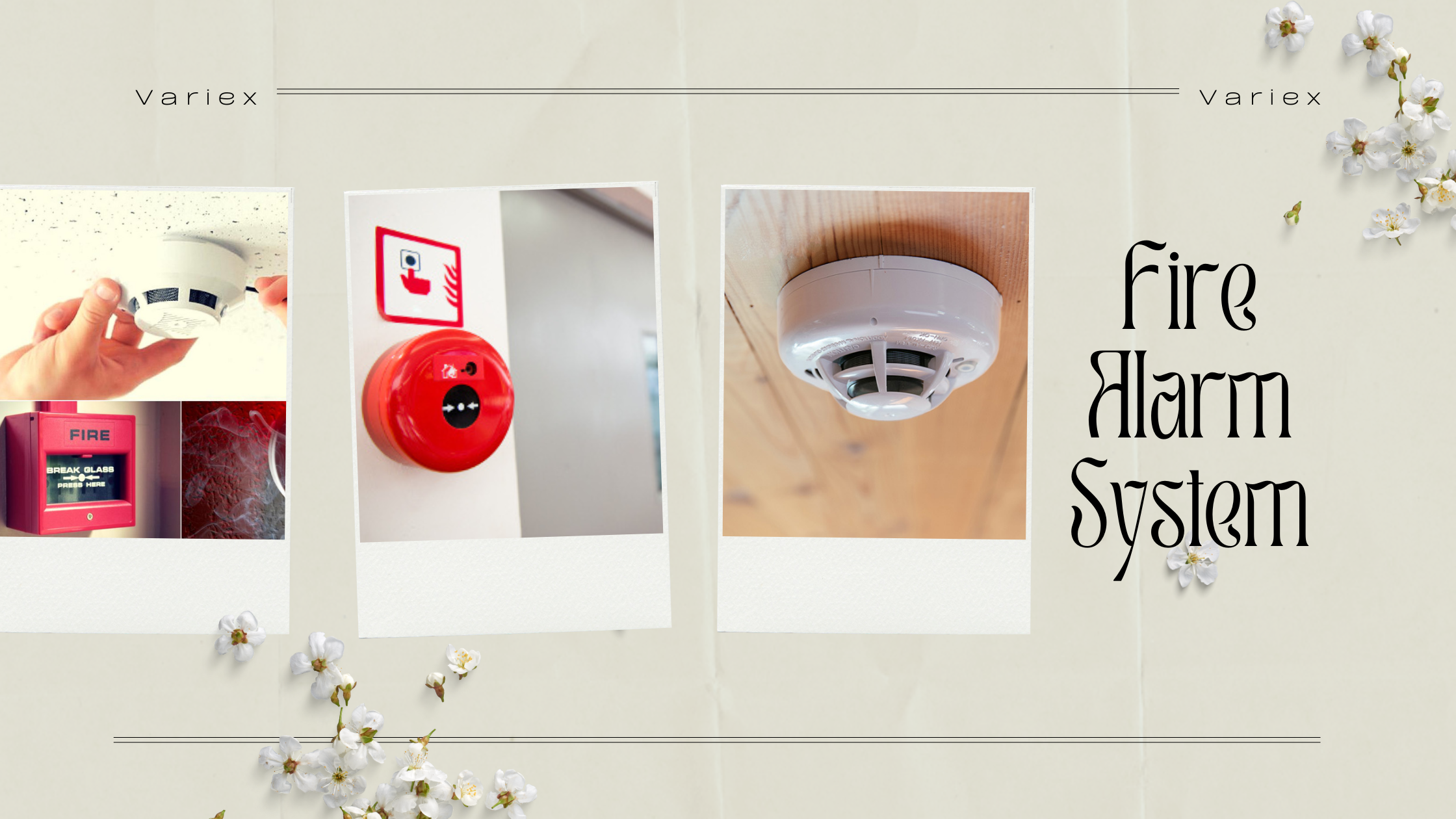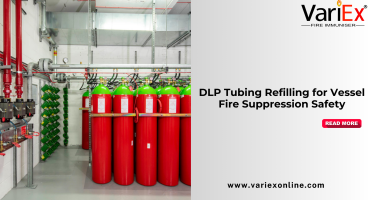![]()
Fire Immuniser
+91-7829629111
Email: info@variex.in
Varistor Technologies Pvt. Ltd.
Block-1, First Floor, Ardente Office One, Hoodi Circle, ITPL Main Road, Bengaluru, Karnataka 560048, IN
How Many Types Of Fire Alarm Detectors
How Many Types Of Fire Alarm Detectors
Protecting homes, workplaces, and other essential buildings from fires should be a priority for everyone. Fire alarm detectors play a crucial role in providing this protection and their effectiveness lies in their prompt detection of fire incidents and immediate alarm initiation. However, not every fire is the same, and as such, various types of fire alarm detectors have been developed to efficiently deal with different kinds of fires. This article will explore the various types of fire alarm detectors, their unique features, and the types of fires they were engineered to detect, thereby helping you make an informed decision when purchasing fire alarm sensors for your specific needs.
Ionization Smoke Detectors
One of the most common types of fire alarm detectors found in homes and businesses are ionization detectors. These detectors are designed to recognize rapidly growing, flaming fires. Inside the detector is a small amount of radioactive material that ionizes the air in the chamber, making it conductive. A normal state of constant current exists in the chamber under typical conditions. If a fire breaks out, the smoke particles will disrupt the ionization process, altering the flow of current, which triggers the alarm. While ionization alarms are very efficient in detecting flaming fires, they are less sensitive to slow, smoky, and smoldering fires.
Photoelectric Smoke Detectors
In direct contrast to ionization alarms, photoelectric smoke detectors are more responsive to fires that produce a substantial amount of smoke, often referred to as 'smoldering fires.' These detectors work on the principle of light reflection. In normal circumstances, the smoke detectors emit a beam of light in a straight path. However, when smoke or fire emerges, the smoke particles scatter and interrupt this beam of light. The disturbance to the path of light triggers the alarm to sound an alert, thereby notifying residents or personnel of potential danger.
Combination Smoke Detectors
This is a combination of the ionization and photoelectric fire detectors. Combination smoke detectors offer the best of both worlds by identifying both rapidly spreading fires and slow, smoldering fires. This blending of technologies increases fire detection speed and accuracy, thus providing comprehensive fire protection. Although these detectors tend to be a little more expensive than their counterparts, their effectiveness in detecting various fires makes them a preferred option for many homeowners and business owners.
Heat Detectors
Unlike smoke detectors that detect smoke particles, heat detectors operate by recognizing noticeable increases in temperature or sensing a fixed temperature threshold. They're particularly useful in areas where smoke alarms may generate false alarms, such as kitchens or garages. Heat detectors are also effective in environments that are hostile to other types of detectors, such as places with high humidity, dust, or temperature extremes. Though not as sensitive as smoke detectors, heat alarms provide crucial protection in these specific areas and circumstances.
Carbon Monoxide Detectors
While not explicitly designed for fire detection, carbon monoxide detectors are often integrated into fire alarm systems due to the threat posed by this deadly gas. Carbon monoxide is a silent killer; it is colorless, tasteless, and odorless, making it impossible to detect without a proper detector. The presence of high levels of this gas is often associated with fires, especially poorly ventilated ones. Therefore, having a carbon monoxide detector in your fire alarm system has the added benefit of alerting you to potential fire outbreaks while also protecting you from carbon monoxide poisoning.
Flame Detectors
Flame detectors sense radiant energy and are highly sensitive to flaming fires. They utilize infrared or ultraviolet sensors, and some models use both. When a fire starts, the radiant energy of the flames excites the molecules in the detector's sensor, triggering the alarm. Flame detectors are typically used in high-risk environments, including chemical plants and airports, where rapid fire detection is crucial. While they may not be suitable for every setting due to their high cost and heavy-duty nature, flame detectors offer unmatched responsiveness and reliability in fire detection in risk-prone environments.
Conclusion
Understanding the distinct fire alarm detectors available allows you to make a knowledgeable choice when investing in fire-prevention measures. Depending on your specific needs and risk profile, you may require one or several types of these detectors to effectively protect your property and loved ones. Furthermore, regular maintenance and timely replacement of these detectors are vital to ensure their operational effectiveness. Ultimately, the value of accurate and rapid fire detection cannot be overstated, and investing in an effective and suitable fire alarm system can make the critical difference in fire prevention and safety.
Final Say
At VariEx.in and VariexOnline.com, we specialize in supplying and installing top-quality fire fighting systems and equipment. From fire extinguishers to advanced suppression systems, we offer comprehensive solutions tailored to your needs. Our experienced team ensures precise installation and maintenance for optimal safety.
Trust VariEx for reliable fire protection. Contact us online or call 7829629111 to learn more.
"WHAT YOU CAN READ NEXT"
 Read more +24 November 2023 in Fire Extinguisher
Read more +24 November 2023 in Fire ExtinguisherWhat types of fire extinguishers are available for different fire classes?
 Read more +11 July 2025 in Fire Suppression
Read more +11 July 2025 in Fire Suppression








